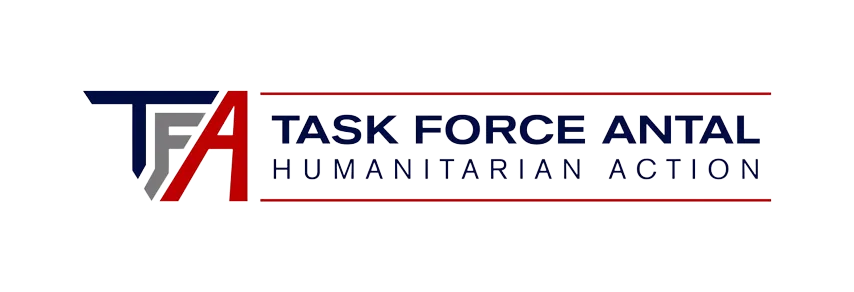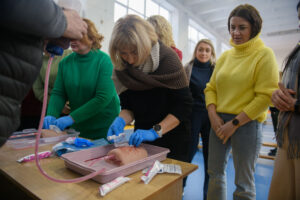Military Dogs: A Critical Part of Our Operation
Mark was on a mission in Afghanistan, moving through chest-high grass with his two-man team and his military dog, Spido. “10 feet in front of me, all I saw was muzzle flash and then I was seeing stars,” Mark remembers. Spido jumped into action, taking two rounds to his back, giving Mark and his team a critical window of opportunity to engage. Mark was hit once in the hand and twice in the chest plate, a piece of body armor worn over the torso, but Spido had blocked the worst of the shots, sacrificing himself and saving Mark.
Mark served as a K9 handler at his Fort Bragg-based unit for almost a decade, training dogs in the military to find people hiding, detect explosives, and save lives. To become an elite hero dog, K9s go through extensive training that begins with testing how the dogs work with different environmental factors, respond to excessive noise, slide down ropes and even jump out of airplanes. From there, the dogs that pass this stage are assigned to a handler, who takes them through a program lasting several months to work on drills and detection skills.

While many people feel a close bond to their own dog, the intense nature of the work and the amount of time spent together means that it is common for the military community to become incredibly close with their K9s. “You get close to them because they’re like your brothers,” Mark said. “We were all in the same pack.” Mark’s first dog, Rex, made it to retirement and came to live with the Antal family at Fort Bragg. By the time Rex was ready to be put down, he had made such an impact that 100 people from the Fort Bragg community came to the house the night before to see him and bring him toys.
“The best thing you can do if you want to help but you can’t be on the ground there is to send what you can, donation wise. If you want to do it for the Iron Dogs, everything goes towards buying food or the reconstruction of facilities.”
“The best thing you can do if you want to help but you can’t be on the ground there is to send what you can, donation wise,” said Mark. “If you want to do it for the Iron Dogs, everything goes towards buying food or the reconstruction of facilities.”
On this K9 Veterans Day, the team at Task Force Antal is honoring the four-legged friends who work alongside our troops, venturing into dangerous areas to save lives. As Mark put it, “If it wasn’t for them doing their job, a lot more sons and daughters wouldn’t be coming home.”




